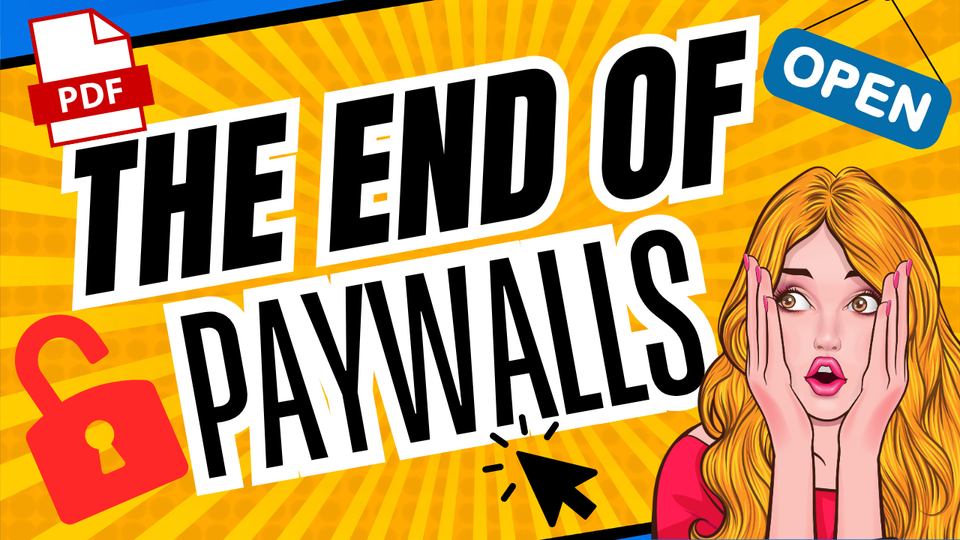We finally found a radical and straightforward solution to revolutionize academic publishing!

… gotcha!
You clicked because the title sounded extraordinary, revolutionary, amazing — didn’t it?
And for a while, I found myself reacting the same way you just did. Then, spending a good hour reading an article, only to realize there was no real solution inside. Just less bold conclusions, weak predictions even.
Some articles are like that — they promise a lot in the title but deliver very little. That’s why I felt the need to write about this phenomenon known as clickbait.
What is “clickbait”?
The term clickbait first appeared in the early 2010s, describing online headlines designed to lure readers into clicking — often by exaggerating, sensationalizing information. Originally used to mock viral news sites, the word has since become shorthand for any title that promises more than the content can deliver.
Oohhh, let’s click on the shiny title!
Shiny titles attract more bandwidth, more sharing, more reading. But how many (scientists) end up regretting their click? Is there a way to “unclick” like you can “unlike” a post on Instagram, and recover back our precious time lost? Why does science want to be sensational to attract clicks, why is this can be advantageous, or disastrous? Let’s dig.
A clickbait title that keeps its promise
If your title honestly reflects what you promise, that’s awesome — go for it! But my feeling is that this is often not really the case. When the promise in the title is much larger than the reality inside, the title turns into advertising, not communication.
The risk is obvious — when a title oversells, the disappointment is real. The reader feels tricked. And if that keeps happening, trust erodes.
A provocative title isn’t automatically bad — if it reflects the content honestly.
Why are scientists doing this?
Paper promotion is becoming very important in science. With the boom of social media, scientists also want their place under the sun. So they started using the same tools to attract viewers and sharers as any other type of media. But is this safe for science?
We are working in science, and everyone should remember that the truthfulness of our statements reflects our scientific integrity. Shiny titles are tempting — just like flashy names for grant projects — but they should never come at the expense of the truth.
When exaggeration enters the game, it damages trust. Overblown claims in titles can mislead colleagues, policymakers, or even the public. And once that credibility is lost, it’s hard to regain. So think twice before using the shiny title, disconnected to the real content of your article.
The cure isn’t to avoid all catchy titles — it’s to align them with reality. A title should be a window into the paper, not a billboard that exaggerates its content.
To summarize: a clickbait brings;
- Visibility: eye-catching titles stand out in search lists.
- Citations: more visibility might bring more citations.
- Funding: bold framing makes projects look groundbreaking.
- Media attention: journalists are more likely to pick up bold headlines than modest ones.
In short: the system rewards shiny packaging. Please, just use it properly.
Another solution
Please stop clicking and sharing articles without at least reading through them quickly, just because the title sounds promising. (Been there myself — damn you, younger naïve me!) Talk with others and look deeper into some of the sensational articles of the moment — especially the ones we all remember. Let’s make sure we remember them for good reasons, for good content.
If we consider science as just another type of content — like journalism — then we should adopt the same strategy for sharing and evaluating it: by being critical of what we “like” and what we comment on. (LinkedIn, Instagram, YouTube videos — to name just a few platforms — all work the same way.)
Closing the loop
Thank you for reading, and may your clicks always carry a bit of critical thinking!

Comments ()